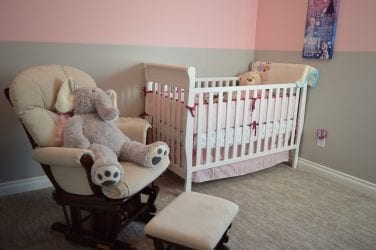With August being one of the most popular months for newborn arrival and Americans paying the highest birthing costs in the world, the personal-finance website WalletHub today released its report on 2017’s Best & Worst States to Have a Baby.
To determine ideal places in the U.S. for parents and their newborns, WalletHub’s analysts compared the 50 states and the District of Columbia across 20 key measures of cost, health care accessibility and baby-friendliness. The data set ranges from hospital conventional-delivery charges to annual average infant-care costs to pediatricians per capita.
Best States to Have a Baby
Below is a list of best states to have a baby in 2017:
- Vermont
- Minnesota
- New Hampshire
- Connecticut
- North Dakota
- Massachusetts
- Maine
- Utah
- Iowa
- Nebraska
Worst States to Have a Baby
Below is a list of worst states to have a baby in 2017:
- Arkansas
- New Mexico
- Georgia
- Florida
- South Carolina
- Alabama
- West Virginia
- Nevada
- Louisiana
- Mississippi
Methodology Used
In order to determine the best and worst states to have a baby in 2017, WalletHub’s analysts compared the 50 states and the District of Columbia across four key dimensions:
- Cost
- Health Care
- Baby-Friendliness
- Family-Friendliness
We evaluated those dimensions using 20 relevant metrics, which are listed below with their corresponding weights. Each metric was graded on a 100-point scale, with a score of 100 representing the most favorable conditions for expectant parents and newborns.
Finally, they determined each state and the District’s weighted average across all metrics to calculate its total score and used the resulting scores to rank-order our sample.
Best vs. Worst
Mississippi has the lowest average annual cost for early child care, $3,034, which is 4.9 times lower than in the District of Columbia, registering the highest at $14,855.
Wyoming has the most center-based child-care centers (per 100,000 residents), 125, which is 12.5 times more than in Indiana, registering the fewest at 10.
Alaska has the lowest share of childbirths with low birth weight, 5.79 percent, which is two times lower than in Mississippi, registering the highest at 11.43 percent.
Vermont has the most obstetricians and gynecologists (per 100,000 residents), 22, which is 11 times more than in Oklahoma, registering the fewest at two.
The District of Columbia has the most pediatricians (per 100,000 residents), 53, which is 26.5 times more than in Idaho, registering the fewest at two.
California has the highest parental-leave policy score, 155, while 12 states, such as Arizona, Michigan, and South Carolina, tied for the lowest at 0.
To view the full report and your state or the District’s rank, please visit WalletHub.






